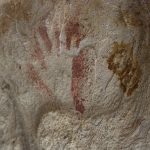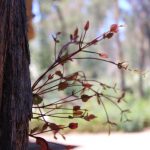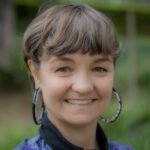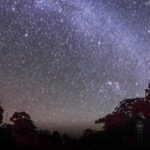About rights, we rely on the United Nations Declaration on the Rights of Indigenous Peoples, Indigenous peoples’ cultural and intellectual property rights, research ethics, and legislation about work health and safety, including cultural safety.
About Aboriginal and Torres Strait Islander cultures, we actively work with mobs’ holistic concept of health and wellbeing – all the social, physical, mental, emotional, spiritual and environmental elements of life that affect individuals, families, communities, workforces, services, sectors and systems at which change is required. We are strengths-based, addressing deficit discourse, bias and racism. We are healing informed and trauma aware, and work on culturally relevant measures for success. Being community-led where possible we act in accordance with local protocols and ways of knowing, being, and doing. Respecting the diversity within and between Aboriginal and Torres Strait Islander people, we also think intergenerationally, being accountable by sharing knowledges and tools for others’ benefit.
About collaboration, we develop shared agreements to guide our work, often using tools we have developed for transparency and power-sharing. We often work in action cycles, to share insights early, adapt to change, and generate outcomes that partners can use to guide their ongoing work.
Get in touch







